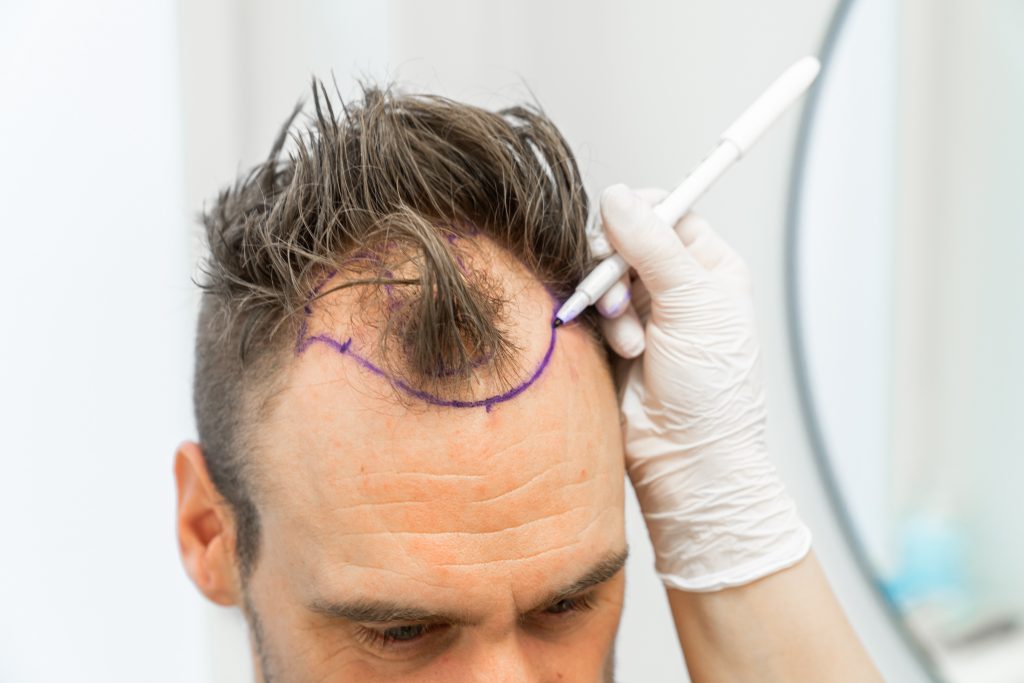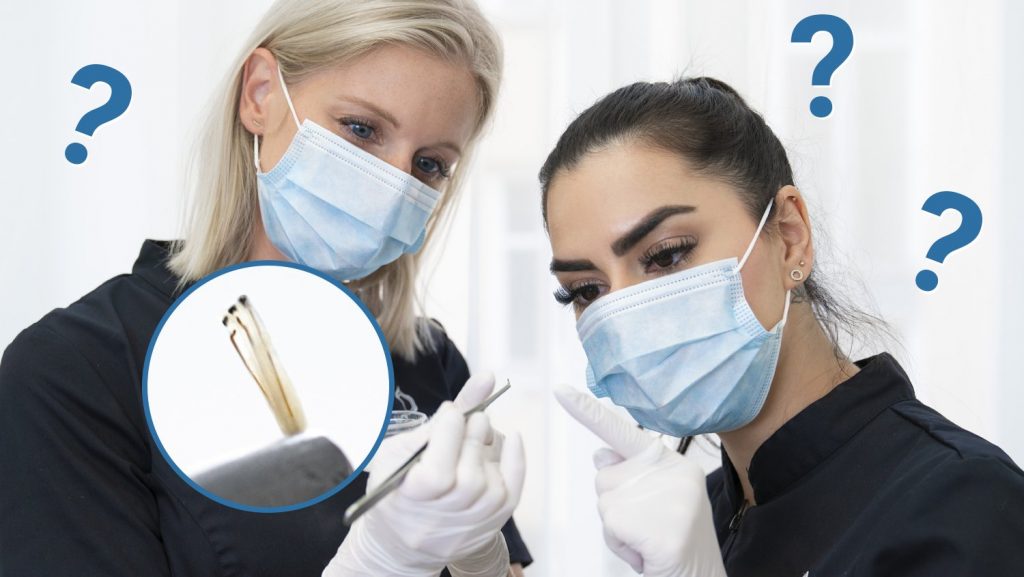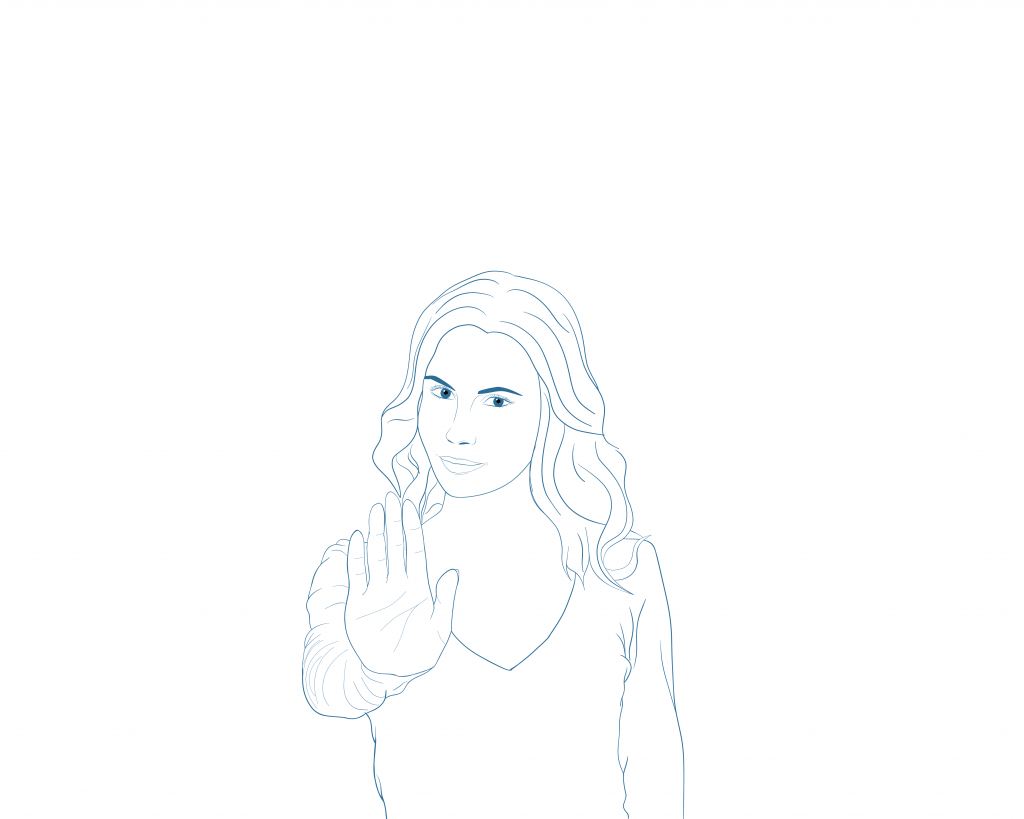2022-04-01
What determines the character of hair?
Question:
I was wondering about hair follicles and what it is that determines the characteristics of hair.
If I move a hair follicle from my head to my arm, will that hair follicle grow the same on my arm as on my head? Or does the location on the body determine how much the hair follicle produces hair?
Answer:
What determines our character is our genes – that is, our DNA.
All humans have about 25,000 genes in each DNA molecule and every cell in the whole body, except the germ cells, which have their own DNA in the nucleus. Every cell and every gene contains an incredible amount of information.
To give your hair cells their special properties, several different genes work together and this is what shapes your hair, and affects your hair loss and colour.
What distinguishes the appearance of the hair in terms of shape is the “output” of each hair follicle. There are three main shapes – round openings (which give straight hair), oval openings (which give wavy hair) and very slanted openings (which give curly hair).
There may be a mixture of the different openings on the same head. The openings of the hair follicles can vary slightly, giving hair that should be straight a certain waviness.
The last question was about how hair behaves when it is transplanted from one area to another.
To describe it in an easy-to-understand way, let’s take an example: people who want thicker eyebrows for various reasons have to undergo an eyebrow transplant. It involves moving hairs from one part of the body to the eyebrows.
On the body, of course, there are no eyebrow hairs to take. An eyebrow transplant is barely different from a hair transplant where we take hair from the neck and move it to the crown. We almost always also take hair from the neck and put it in the eyebrows.
This will look good but the hairs will grow like neck hairs, which means that the person will have to cut them continuously so that they do not hang down in front of the eyes.
The hairs are often a little coarser at the nape of the neck compared to eyebrow hairs and some hairs may start to grow a little crooked, but then the hairs can be nipped off.
Over time, some hair can change depending on its environment – but this is not a given. For about 50% of all people who have an eyebrow transplant, the hairs will come out within approx. two years to transition to growing more like regular eyebrow hair.
The transplanted hair will still need to be cut but will not be as coarse. They will eventually take on a similar character to eyebrow hair.
Hair will thus more or less retain its character from the area it was taken. This is because there are stem cells around the hair follicles that are programmed to do a certain job – in this case to grow new hair with a certain character, which is encoded in our genes, and this no matter where on the body it happens.
Want to learn more about hair transplants?

Ögonbrynstransplantation

Ögonbrynstransplantation

Ögonbrynstransplantation

Newsletter
Subscribe to our newsletter
Subscribe to our newsletter and to be one of the first to know about special offers, exciting information as well as tips and tricks on how to maintain your hair as good as possible.